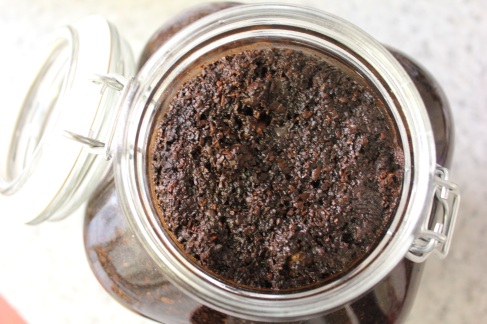Itching for Urchin
Club music from the deck muffled her giggling as the waitress came to our table. She was wearing a false frown, a faux-grimace to show her faux-disappointment. She stopped at my stool with the bad news. At the table, only Allie and I could hear her. “I’m sorry,” she said to me, glancing at our filled plate, “Tonight we don’t have sea urchin.”
No problem. On my plate was a school of fish, in colors covering half the Electromagnetic Spectrum, in slivers, put atop or inside of sticky brown rice. I had plenty of food; I had only meant the sea urchin for a thrill. How many spicy tuna rolls can a person eat? When I first started eating sushi, the answer seemed to be in the hundreds. Now, I yawn and get a dollar-slice of pizza. I have redrawn the borders of my comfort zone to include, somewhere near the center, vinegared rice and raw fish. When I’m in the mood for exploring, for ranging into less familiar zones of experience, I’ll read Walt Whitman, take a wrong turn on the way home from work, or order sea urchin.
“Tonight we don’t have sea urchin,” the waitress said. “But this summer we have new sushi chefs from Japan. They get upset when customers can’t have what they want. We sent someone out to get the urchin.”
Before I could say anything, she left. We laughed at what must have been a similar picture. Mine was of a Japanese sushi chef on a motorcycle. He was in scuba gear and an aerodynamic helmet. With great purpose, he pulls over to the side of the road, dismounts, and parts the reeds on a secret stream. In he dives. With a net, he searches for my dinner on the sandy bottom. Meantime, I am sitting dry at the table sipping a dark and stormy.
The waitress checked in, and I canceled my urchin order. Later, when she came with the check, I asked where my urchin would have come from, the stream? “No,” she said, “A seafood shop the next town over.” Stream or glass tank, I now had a craving for urchin.
Two weeks later, I saw sea urchin on a menu. Soon after, I saw urchin in my bowl. I was eating with Allie and my brother Nick at Soba-Ya, a cozy, one-room restaurant on Manhattan’s Lower East Side. The room was quiet. Our waitress preferred gestures to speaking. The urchin came not atop brown rice, but noodles spun from buckwheat flour. (Above: the sea urchin looks like an orange tongue.) A few bites, or rather, given the urchin’s texture, a few sips, and your feet leave the hardwood for the sand. Often, miles outside your comfort zone is right where you want to be.









